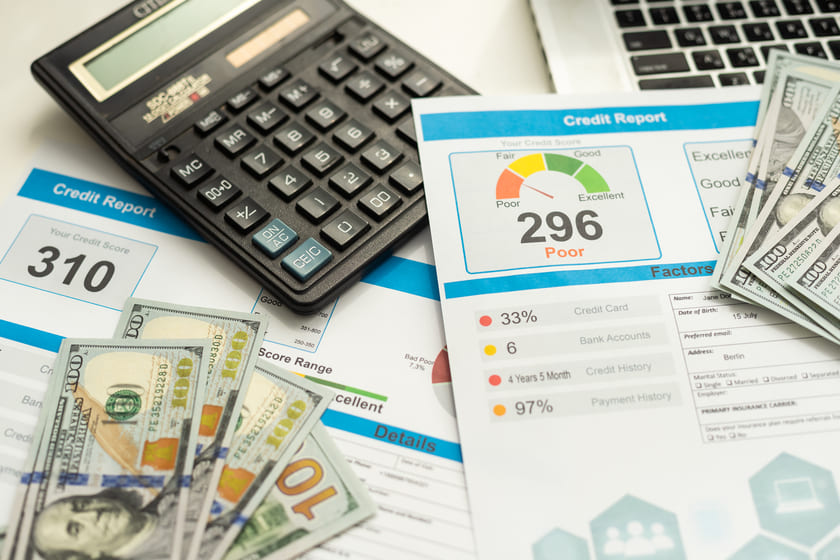Down Payment Strategies: Saving and Assistance Programs

Millennials are dissuaded from house hunting. They don’t believe that it will ever become a reality because they can’t afford the down payment. Thankfully, there are down payment strategies that make it more attainable.
The good news is that it no longer requires a 20% down payment. All you need is 3% or less to make it happen. Once you know how much you need to buy a new home, you can explore saving and assistance programs. Here are some homebuyer financial advice to save money.
1. Create A Budget
The first step is to create a budget. If you don’t know where you spend your money every month, it’ll be impossible to set aside money for a down payment. Determine your budget by calculating your income and your recurring expenses.
From there, you can determine where you can cut out. Think about what the necessities in your life are and what you can live without. Your budget should include a certain dollar amount to put toward your down payment.
2. Pay Down Your Debt
The next mission is to pay down your debt. You might want to seek homebuyer financial advice if you must pay off. During this process, lenders investigate your debt-to-income ratio (DTI).
If you have a higher debt-to-income ratio, you will incur higher interest rates. It might also be difficult to qualify for a mortgage. The best way to remedy this is to pay down your debt. Determine how much you need to pay off your auto loans, credit cards, personal loans, and student loans. From there, you can create a plan or consolidate your debt to chomp it down.
3. Start A Savings Account
Do you have a savings account? You should have some money tucked away in case of emergencies and unexpected events. Get in touch with your bank and create a separate savings account. The online platform makes it possible for the bank to move money from your checking into your savings account.
This is good if you’re an impulsive shopper or you’re simply bad with money. With less money, there’s less temptation. Just make sure that you have enough money to pay your bills. Overdraft fees can kill your savings account.
4. Explore Down Payment Assistance Programs
If the above-mentioned strategies fail, consider applying to down payment assistance programs. These organizations help aspiring homeowners afford a home. Down payment assistance can come in the form of FHA loans, grants, or vouchers.
Your credit score, debt-to-income ratio, and income determine how much assistance you’ll receive. The application process can be time-consuming, so you want to start it as soon as possible. The eligibility requirements also vary depending on the program you work with. Beware of scams and search for a local home-buying program via The U.S. Department of Housing and Urban Development.
It’s possible to own a home. You just need to find ways to make it happen. First, you should come up with a budget and determine how much you need for the down payment. You don’t need as much as 3% these days.
There are plenty of ways to get a down payment for a house. You can open a savings account or investigate down payment assistance programs. The best way to get started is by creating a budget for your household.
From there, you can cut costs on the things you buy each month. This can add to your income. You can also reduce your costly bad habits and ask for help from your friends and family. Your dreams of buying a home can become a reality.
Also Read:
Money Management Tips to Reduce Financial Stress

Pranab Bhandari is an Editor of the Financial Blog “Financebuzz”. Apart from writing informative financial articles for his blog, he is a regular contributor to many national and international publications namely Tweak Your Biz, Growth Rocks ETC.







